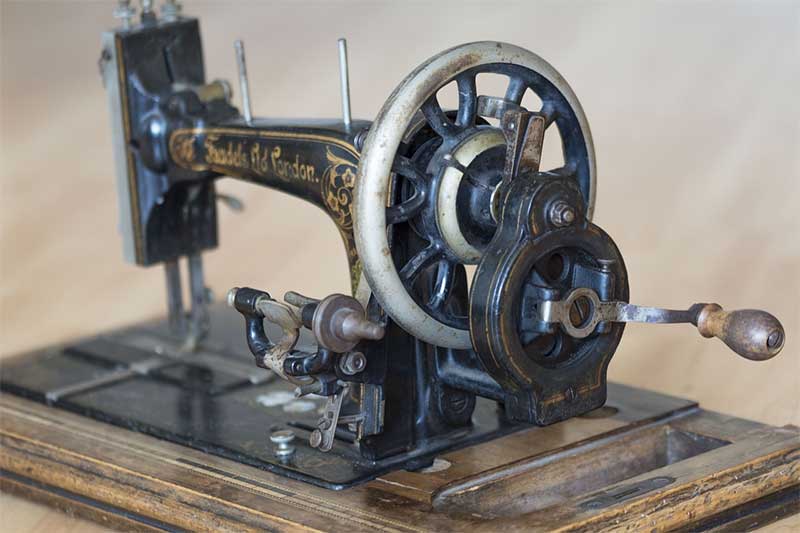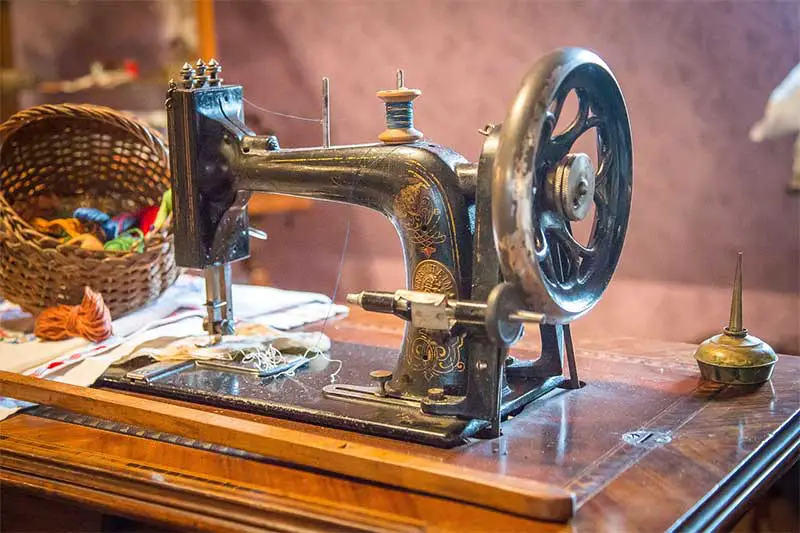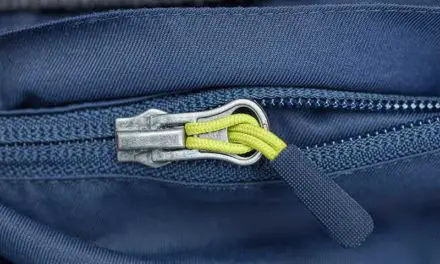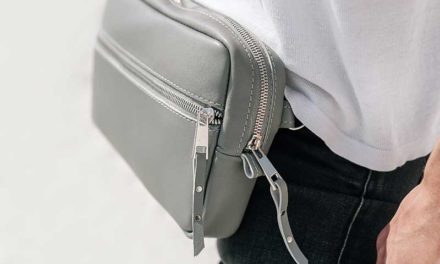These days people are switching over to sewing machines that have plastic parts. The reason for this is that they are cheaper and less heavy to carry around. However, these machines with plastic parts don’t last as long as machines that have metal parts. Even machines that were produced 40 years ago are still going strong. If you buy a machine with plastic parts, you are looking at a life span of 5 – 10 years.
It isn’t easy to find a sewing machine with metal parts that is produced for the beginner. If you are just starting sewing you will probably want to buy a cheaper machine until you are confident enough to move onto a more expensive one.
Table of Contents
Metal vs Plastic Sewing Machines
Both metal and plastic have their positive and negative points. Plastic, for a start, is much lighter to carry than metal but is that really a problem as you will probably have a room designated for sewing.
Another benefit of plastic machines is that they are cheaper than metal sewing machines.
The negatives for plastic sewing machines include the fact that the parts wear down quickly than those on a metal machine. However, despite this, plastic can have a long life span. Just think of all the plastic that is thrown away and fills our rubbish dumps. It takes forever to be worn down, but that doesn’t mean that it is as long-lasting as metal.
Metal parts are strong and sturdy. They can take on any task and can sew even the hardiest of material that plastic can’t cope with. In addition, metal frames are durable and long-lasting. The negative is that metal parts can be more difficult to mend and this can be expensive.
What is a Metal Chassis Sewing Machine?
The chassis is the frame of the sewing machine. If you have a metal chassis, the sewing machine is more durable than a plastic frame. Sometimes the metal chassis is surrounded by plastic, but this is just decorative housing. The metal frame is just as strong even if covered by plastic.
An excellent machine that has a metal chassis is the Brother L5145 which has 14 stitch patterns. However, you can only use a plastic bobbin on this machine.
What Metal is Used in a Sewing Machine?
Aluminum is generally not used in a sewing machine because it isn’t heavy enough. The best metals to be used are steel and iron. However, there might be some aluminum in the more modern machines, but it will be mixed with a stronger material. The reason for using aluminum is to bring the weight of the machine down. Customers may have to carry their machines from room to room and a heavy machine can cause problems. Naturally, the machine will be more expensive if a tougher metal is used.
If you include the chassis as a metal part of your sewing machine, then a majority of sewing machines have at least this metal part even if they are covered in plastic. However, not all sewing machines come with a metal chassis, so if you are prepared to change your machine every five years or so by all means purchase a machine with a plastic chassis. If you want your machine to last you 30 years, go for a metal chassis.
Singer, Brother, and Janome still make sewing machines with a metal chassis and metal parts.
Which Sewing Machines Have Metal Gears?
The Singer 600 and 603 have metal gears, but the Touch and Sew series doesn’t. Many of the Bernina sewing machines come with metal gears as well.
If you aren’t sure if your sewing machine has metal gears, check your bobbin hook. If this is made of plastic, your gears are likely made of plastic too.
Another way of telling if your sewing machine has metal gears is to simply lift the machine. If it feels heavy it is highly likely that you have metal gears.
Of course, your owner’s manual may tell you if your sewing machine has metal gears which is the simplest option. However, not all owner’s manuals are comprehensive.
All Metal Parts Sewing Machines

There are quite a few sewing machines out there that have all metal parts. These include the Viking 6000 series, the Necchi 500 series, and the Kenmore 158.
An excellent choice is the Janome 6650 Memory Craft Computerized Quilting and Sewing Machine which is an impressive machine. It has a total of 170 stitches and has the ability to sew 1000 stitches every minute. To keep the weight low for easy carrying, the Janome HD 3000 has an aluminum body although the parts are made from a stronger metal. There are also some plastic parts.
Singer produces quite a few sewing machines with metal parts. These include the Singer Slant O Matic and their 400 and 500 series. They also produce sewing machines that have full metal bodies. These include the 445, 4411, 4423, 4432, 4452, the CP6350, and the 14HD854.
Brother sewing machines are built to deal with heavier materials and as a result, many of their sewing machines have metal frames. The HD series is particularly strong with both metal frames and metal parts.
Conclusion
As can be seen, there is a reasonably good choice of sewing machines out there that have metal parts and even some with metal bodies. The great advantage of metal sewing machines is that they can perform for hours without overheating, unlike plastic. Sewing machines with metal parts will last longer than ones that have plastic parts. Of course, metal does come with a price and metal sewing machines generally cost more than plastic ones. However, you can be assured of having a metal sewing machine for longer than a plastic one. If you intend to spend a lot of time sewing, a metal sewing machine is recommended. If you just intend to sew now and then, a plastic sewing machine should suffice.





